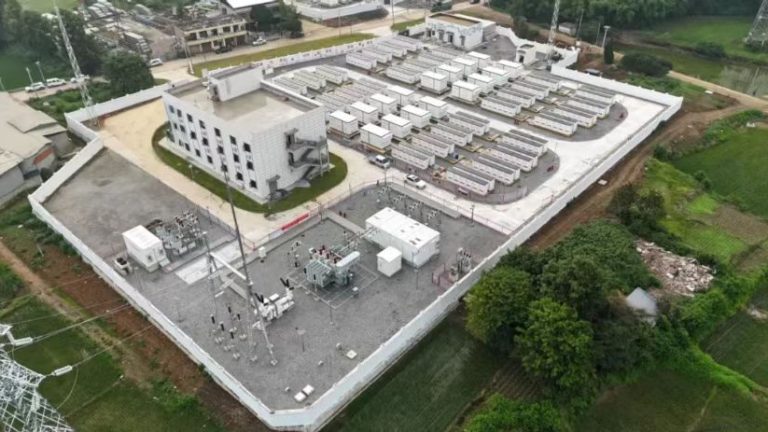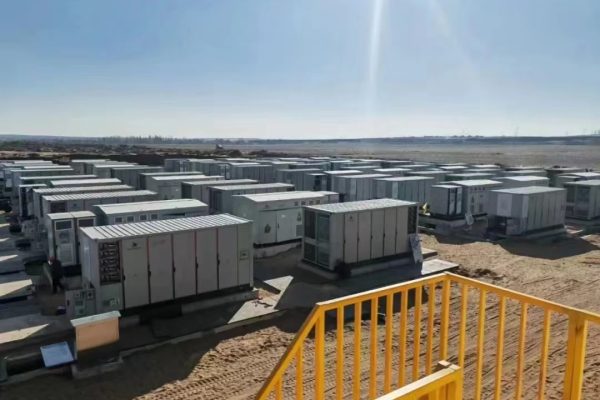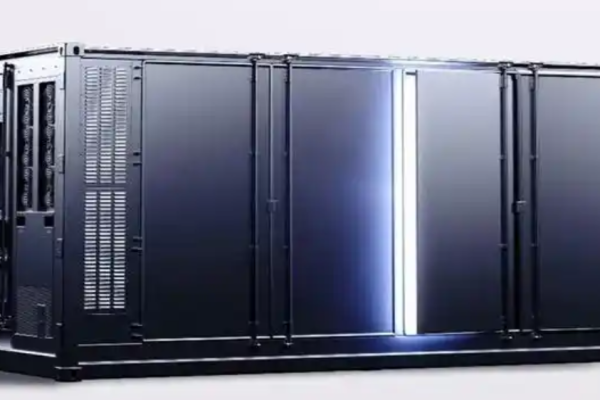As solar and storage adoption grows, all-in-one (AIO) systems—which integrate an inverter, battery management system, and often the batteries themselves into a single cabinet—are gaining popularity. For homeowners, SMEs, and even small commercial clients, these solutions promise a faster, simpler path to energy independence.
But like many emerging technologies, AIO systems are surrounded by myths and misconceptions. In this article, we’ll address the most common ones and provide a balanced perspective for buyers, installers, and integrators.
1. Myth: All-in-One Systems Are Only for Homes
Reality: While AIO systems are popular in residential projects, they are increasingly being deployed in small commercial and community-scale applications.
- Modular AIO systems can be paralleled to reach 50–500 kWh capacity.
- Retail outlets, schools, and small factories are using them for backup and peak shaving.
Takeaway: Don’t assume AIO equals “small.” They can scale to cover larger projects.
2. Myth: AIO Systems Are Too Expensive
Reality: The upfront cost of an AIO might appear higher than buying separate components. However, when you add integration costs—engineering, wiring, testing, and labor—the AIO often comes out equal or even cheaper.
- Hidden savings: Faster installation, fewer compatibility issues, less time troubleshooting.
- Lower risk: Pre-certified and factory-tested components reduce warranty headaches.
Takeaway: Price comparisons should consider total installed cost, not just equipment price.
3. Myth: All-in-One Systems Can’t Be Customized
Reality: Modern AIO solutions are modular. Customers can often:
- Add more battery packs later.
- Parallel multiple AIO cabinets.
- Adjust settings via software (time-of-use charging, backup priorities).
Takeaway: They may look like a “black box,” but AIO systems often allow flexibility in both hardware and software.
4. Myth: AIO Systems Are Less Reliable Than Traditional Builds
Reality: Some buyers assume integrated designs are “cheap shortcuts.” In fact:
- Most AIO units are factory pre-tested, reducing field errors.
- Integrated BMS and inverter communication improves performance.
- Fewer components mean fewer points of failure.
Takeaway: Reliability depends on the brand, not the concept. A certified AIO system is typically more reliable than an ad-hoc assembly.
5. Myth: You Can’t Use AIO Systems with PV or the Grid
Reality: Many AIO systems are PV-ready and grid-interactive.
- They can operate in grid-tied, off-grid, or hybrid modes.
- Some come with PV MPPT inputs, reducing the need for separate solar inverters.
- Others integrate seamlessly with external string inverters.
Takeaway: AIO does not mean “islanded.” They often enhance PV + grid compatibility.
6. Myth: AIO Systems Are Difficult to Service
Reality: Since everything is in one cabinet, some worry that servicing will be more complex. But:
- Modular replacement: Batteries, inverter modules, and fans are often hot-swappable.
- Remote diagnostics: Many AIO systems ship with advanced monitoring for faster troubleshooting.
- Simpler training: Technicians learn one system instead of multiple brands.
Takeaway: Serviceability is usually easier, not harder.
7. Myth: AIO Systems Are a Passing Trend
Reality: Far from it. Global demand for plug-and-play, standardized storage is rising, especially in emerging markets.
- Installers prefer solutions that reduce onsite labor.
- Customers want compact, reliable units instead of complex racks.
- Manufacturers are investing heavily in AIO R&D.
Takeaway: AIO is not a fad—it’s part of the mainstream evolution of PV + storage.
Practical Advice for Buyers & Integrators
- Ask about expansion paths: Can you add batteries or parallel cabinets?
- Check certifications: Ensure compliance with local grid codes and safety standards.
- Evaluate service support: Choose suppliers with clear warranties and spare parts availability.
- Consider total cost of ownership (TCO): Don’t just compare the price tag.
All-in-one systems are changing the way PV + storage projects are designed and installed. By debunking myths—such as being too expensive, inflexible, or unreliable—it’s clear that AIO systems can deliver real value for both residential and small commercial clients.
For installers and middlemen, positioning AIO solutions correctly can build trust, simplify operations, and speed up project delivery.









